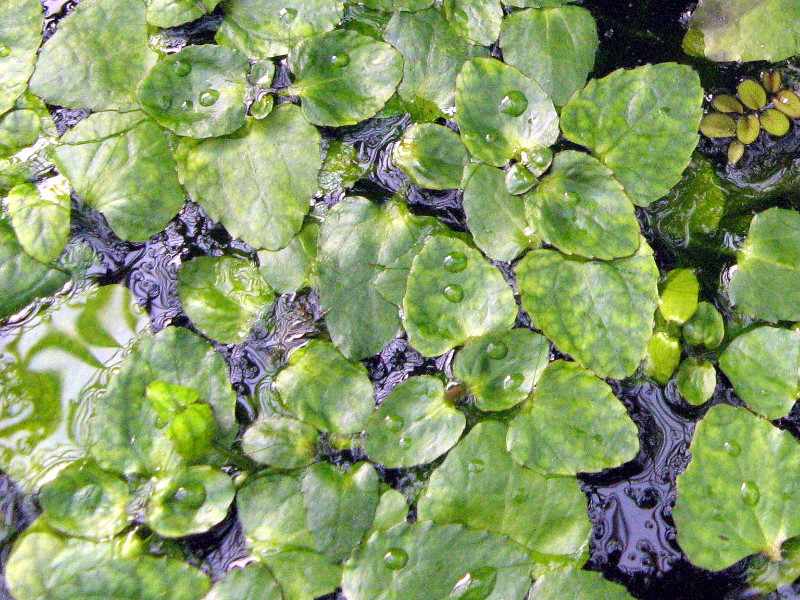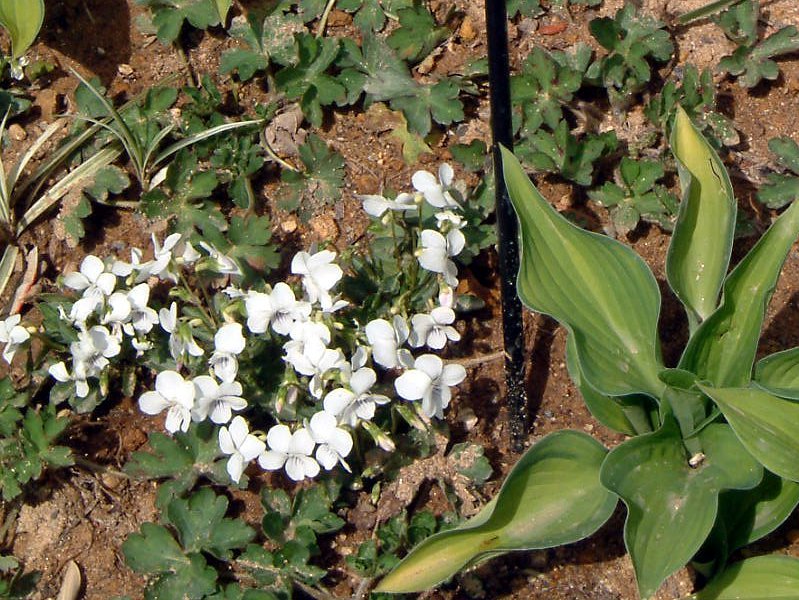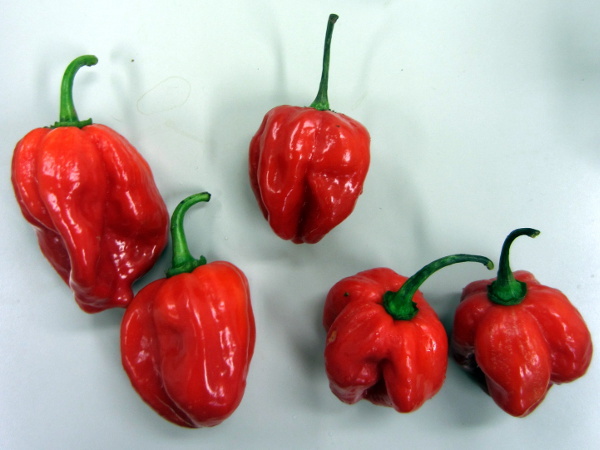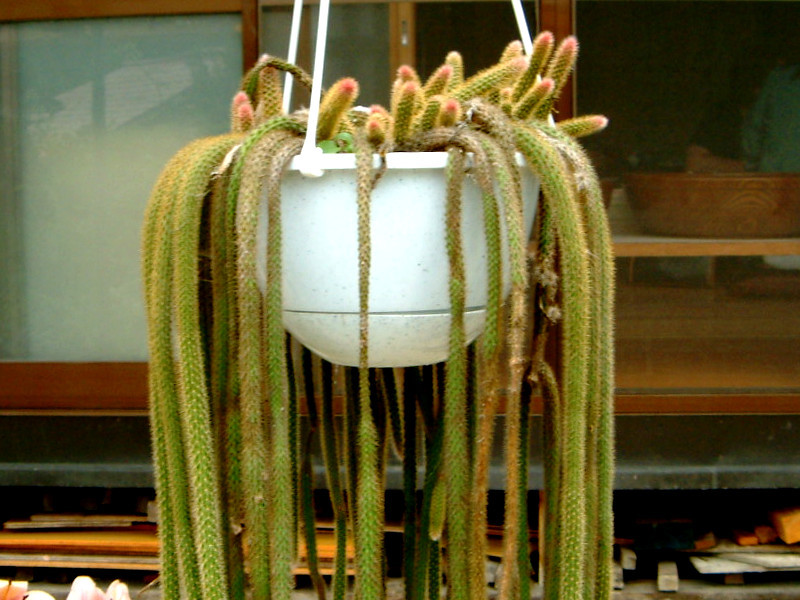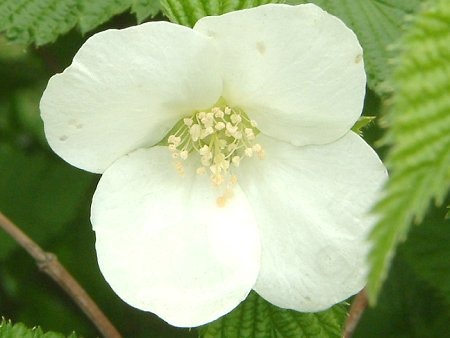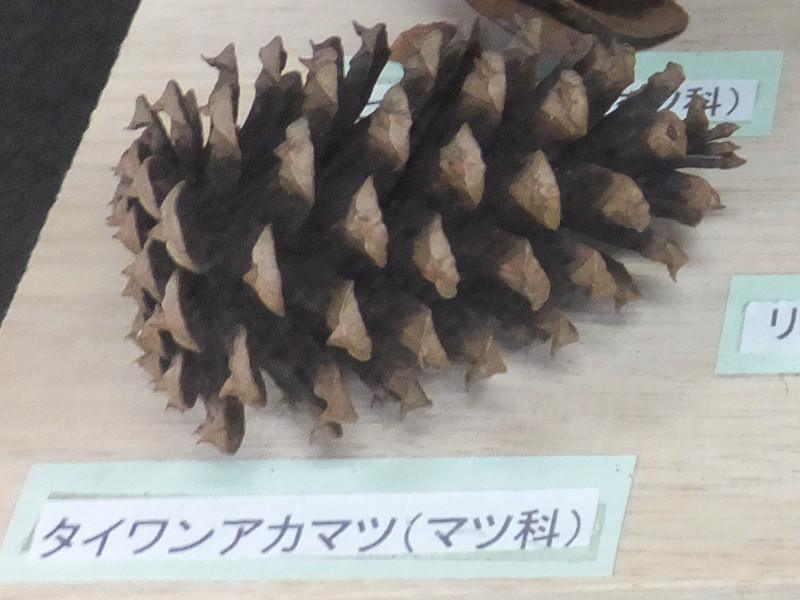Trapella sinensis
- Flower nameTrapella sinensis
- Scientific nameTrapella sinensis
- Alias
- Place of originJapan, Korea, China and Russia.
- Place of floweringRiver, pond
- Flowering seasonJuly, August, September
What is Trapella sinensis
Trapella sinensis, or hishimodoki (Scientific name: Trapella sinensis) is a vine annual freshwater plant belonging to the family Plantaginaceae, native to Japan, Korea, China and Russia.. Vine-like stems are accompanied by leaves, nuts, flowers. An open flower is a light red, cylindrical, one-day flower that stretches from its surface in the summer with a long, narrow stem. The leaf shape has a rhombus shape. The leaf surface is green and the back is reddish purple. It has been drastically reduced due to the effects of water pollution and has been designated as an endangered IA.
Common name: Trapella sinensis, scientific name: Trapella sinensis, Habitat: Honshu to Kyushu, Japan, East Asia, Environment: ponds, Lake, Rhizome length: 60 cm, leaf length: 3 cm, leaf width: 3.5 cm, leaf surface: green, leaf back: magenta, inflorescence: antibiotic, submerged leaf: lanceolate, coarse sawtooth, floating leaf: triangular oval Kidney circular shape with low sawtooth, flowering period: July to September, flower diameter: 1.5-2 cm, flower color: light red, flower shape: cylindrical with five end fissures, number of stamens: 4.
